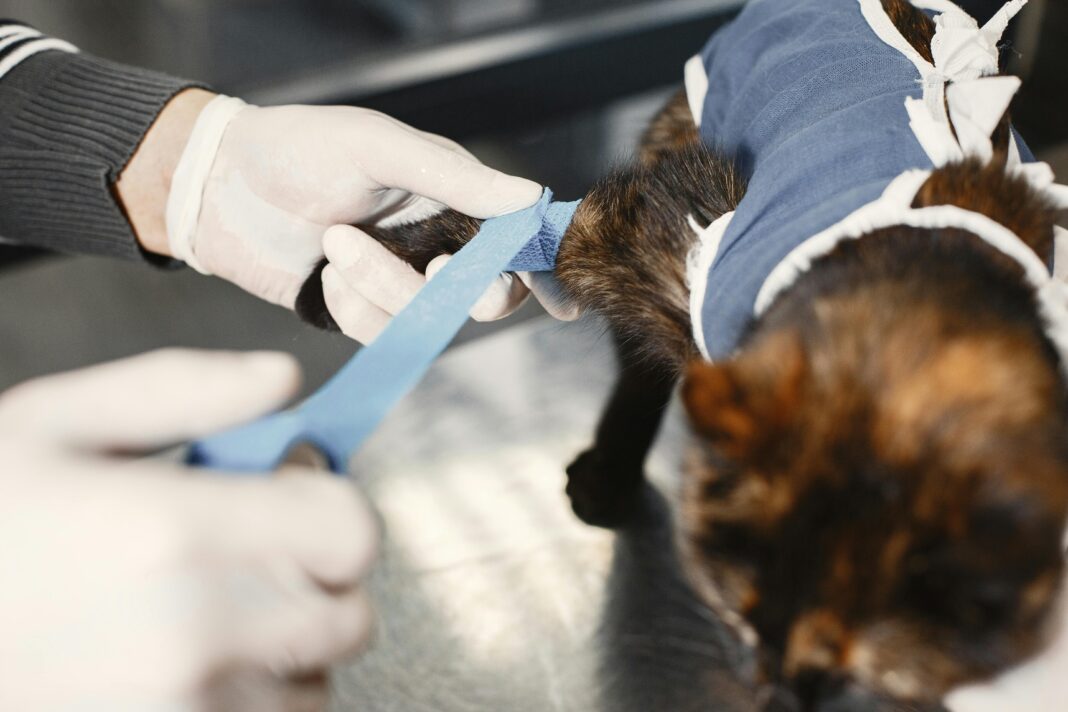Feline Leukemia Virus (FeLV) is one of the most significant health concerns affecting our furry friends. As a cat owner, it’s vital to understand this virus, its implications, and how to care for an infected cat. This article will explore the causes, symptoms, diagnosis, treatment, and prevention of feline leukemia, providing you with practical insights to keep your cat healthy.
What is Feline Leukemia?
Feline Leukemia is a viral infection that can affect a cat’s immune system and increase susceptibility to various diseases. This virus can lead to conditions such as anemia, cancer, and other serious health issues. Understanding the nature of this virus is key to offering the best care for your feline companion.
Causes of Feline Leukemia
Feline Leukemia is primarily caused by the Feline Leukemia Virus, which is spread from one cat to another through saliva, blood, and other bodily fluids. Here are the primary modes of transmission:
-
- Social Interactions: Cats that groom each other or engage in fights can easily spread the virus.
-
- Shared Spaces: Multi-cat households or shelters can be hotspots for transmission if an infected cat resides among healthy ones.
-
- Mother to Kitten: Infected queens can transmit the virus to their kittens during pregnancy or through nursing.
Understanding these modes of transmission can help you take preventive measures.
Symptoms of Feline Leukemia
Early detection of FeLV is essential for managing the virus effectively. Some common symptoms include:
-
- Weight Loss: Unexplained weight loss can indicate an underlying health issue.
-
- Poor Coat Condition: A lackluster, dull coat may suggest that your cat is unwell.
-
- Frequent Infections: If your cat seems sick often, this could indicate a compromised immune system.
-
- Lethargy: Increased tiredness or reluctance to play can be symptoms of FeLV.
-
- Fever: Persistent fever without another identifiable cause could be a sign of the virus.
Keep a close eye on your cat and consult your veterinarian if you observe any of these symptoms.
Diagnosis of Feline Leukemia
Diagnosing feline leukemia is relatively straightforward and typically involves:
-
- Blood Tests: A vet will conduct specific tests to identify the FeLV virus in your cat’s bloodstream. The most common test is the ELISA (Enzyme-Linked Immunosorbent Assay), which can give results in a matter of minutes.
-
- Physical Examination: A thorough check-up can help identify other accompanying symptoms and issues related to the immune system.
Regular veterinary check-ups are essential, particularly if your cat is at higher risk.
Treatment for Feline Leukemia
While there is no cure for FeLV, treatment primarily focuses on managing symptoms and ensuring a good quality of life. Here are some common treatment options:
-
- Symptomatic Care: Addressing specific symptoms like anemia or persistent infections with medications.
-
- Nutritional Support: A high-quality diet can help bolster the immune system. Talking to your vet about dietary needs is crucial.
-
- Regular Check-ups: Frequent veterinary visits are necessary to monitor your cat’s health, manage any secondary infections, and adjust treatment plans as needed.
It’s essential to remain proactive in caring for your FeLV-positive cat to ensure they remain as healthy as possible.
Prevention of Feline Leukemia
Preventive measures can significantly reduce the risk of your cat contracting feline leukemia. Here are some practical tips:
-
- Vaccination: Consult your veterinarian about the FeLV vaccine, especially for high-risk cats or those in multi-cat households.
-
- Limit Outdoor Access: Keeping your cat indoors can reduce exposure to other potentially infected cats.
-
- Separate Living Spaces: If you have a cat that is FeLV-positive, keep them separated from healthy cats to prevent spread.
-
- Regular Testing: Regular screenings for FeLV, especially if your cat spends time with other felines, can help catch any potential infections early.
By taking these steps, you can help safeguard your cat’s health and well-being.
Conclusion
Understanding feline leukemia is crucial for any cat owner. Being informed about the causes, symptoms, diagnosis, treatment, and prevention methods can help you take proactive measures to care for your beloved pet. Regular vet visits, awareness of symptoms, and preventive measures will empower you to provide the best possible care for your feline companion.





